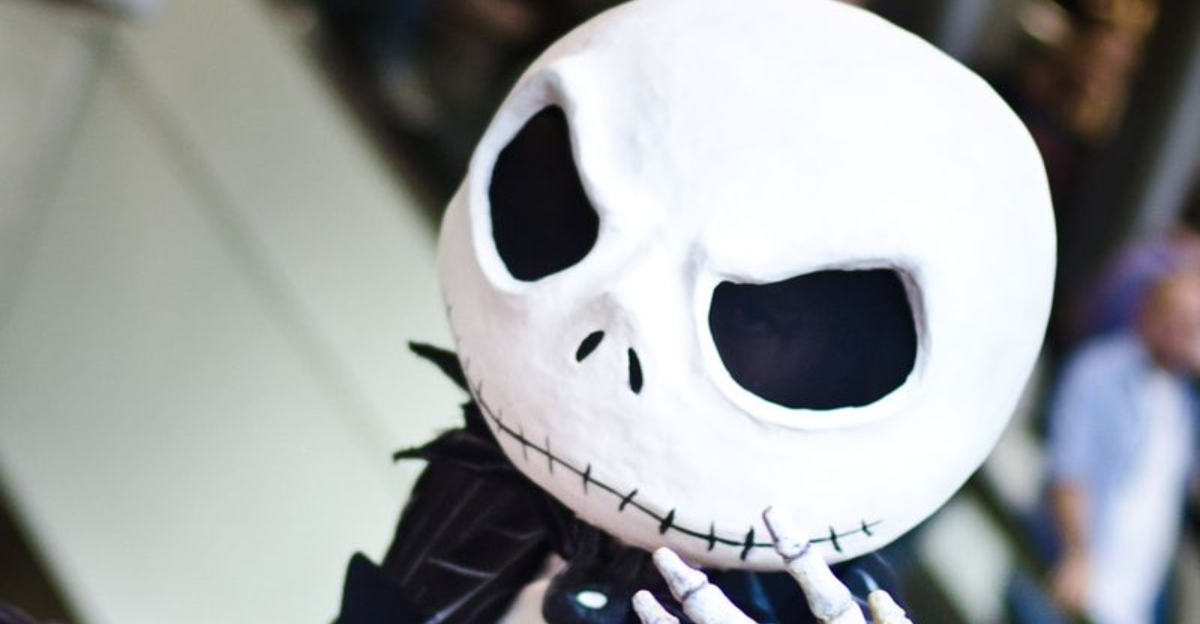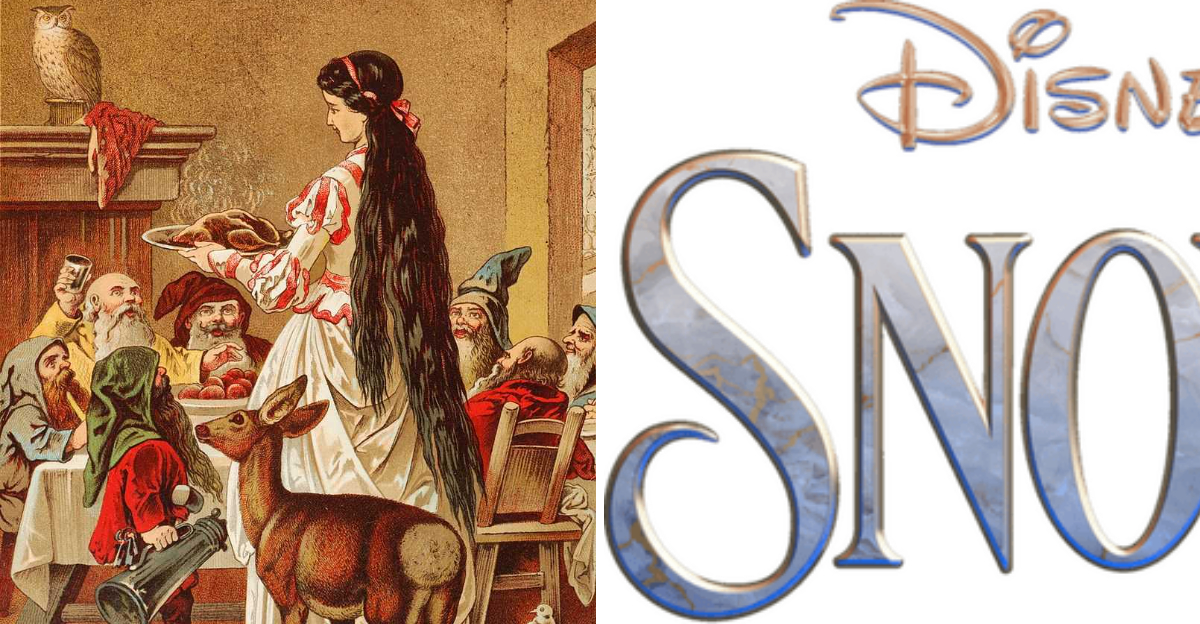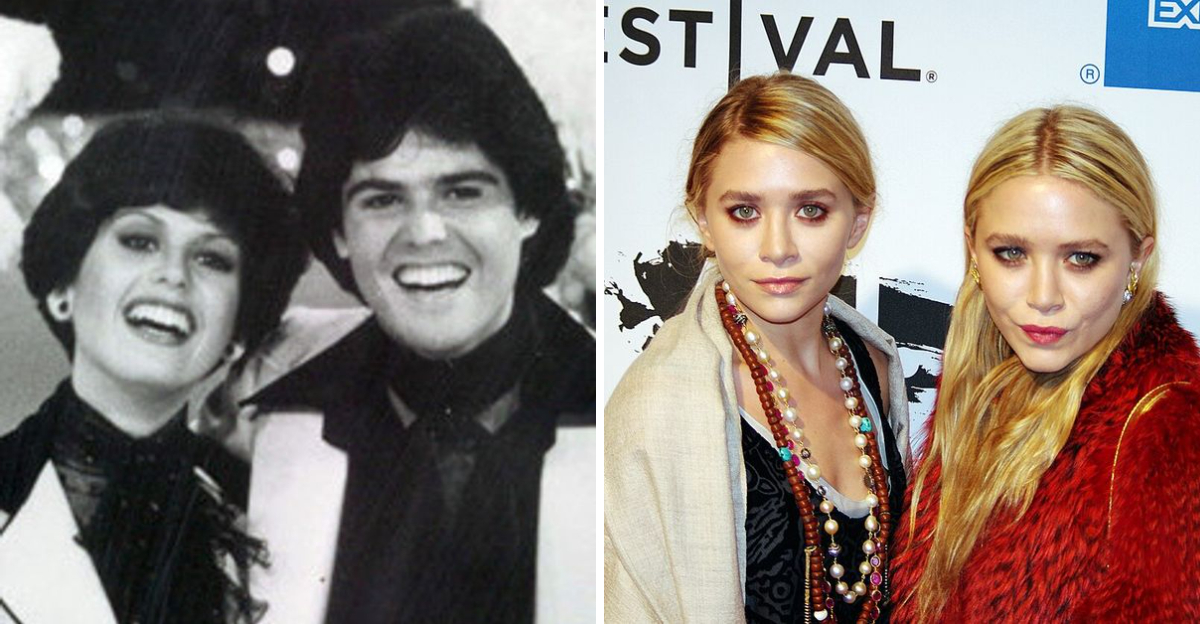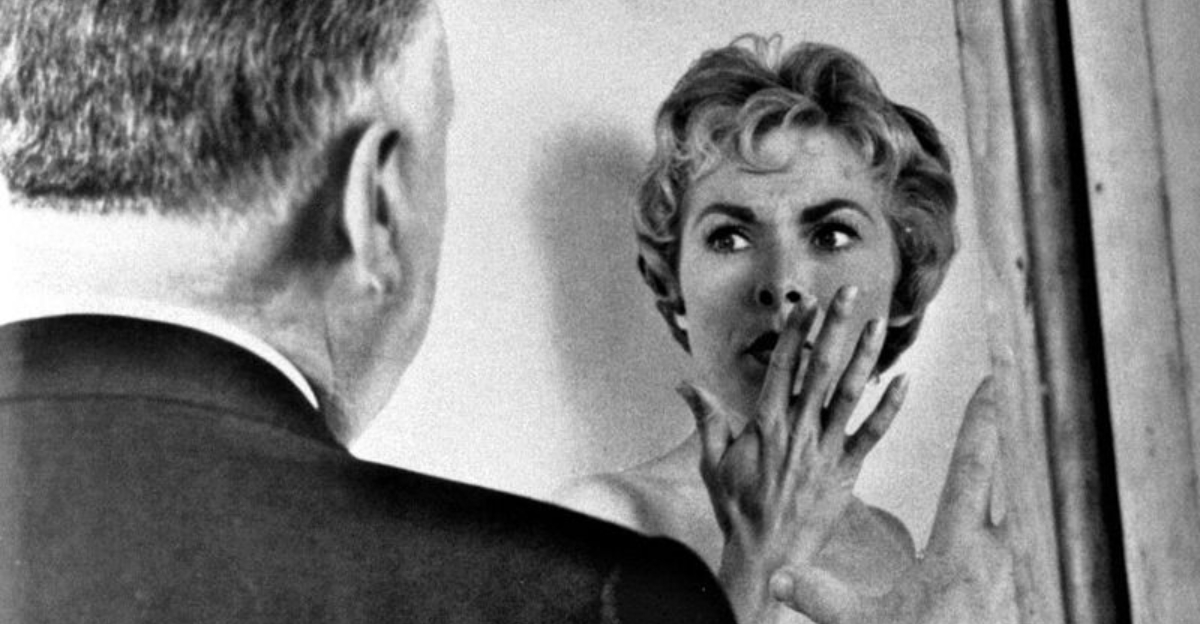14 Defining Movies Of The ’90s That Shaped A Generation
The 1990s gave us some of the most unforgettable movies ever made.
Whether you were a kid watching dinosaurs come to life or a teenager discovering twisted thrillers, the decade delivered cinematic magic that still resonates today.
Films from that era didn’t just entertain us; they influenced how we think, talk, and see the world around us.
1. Pulp Fiction (1994)
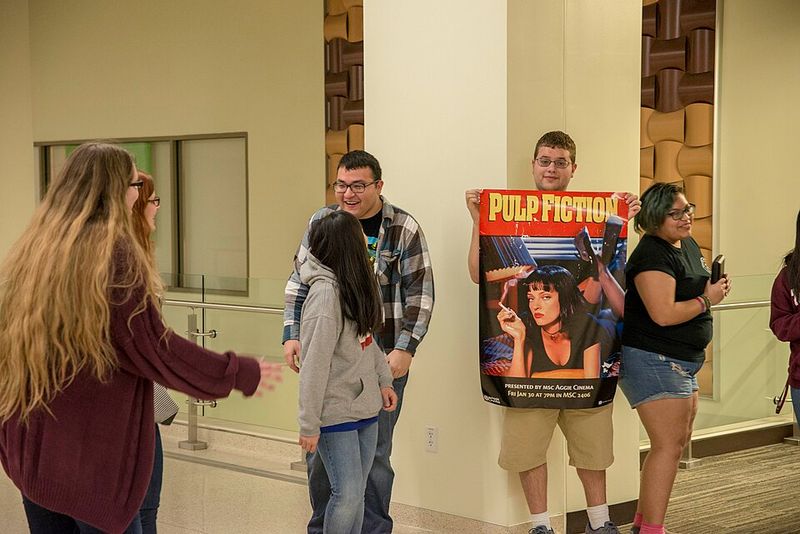
Quentin Tarantino turned Hollywood upside down with his nonlinear storytelling and razor-sharp dialogue. Characters like hitmen discussing cheeseburgers became instant pop culture legends.
Suddenly, everyone wanted to quote the film at parties and dissect every scene. Violence mixed with dark humor created something audiences had never quite experienced before, making independent cinema cool again.
2. Forrest Gump (1994)
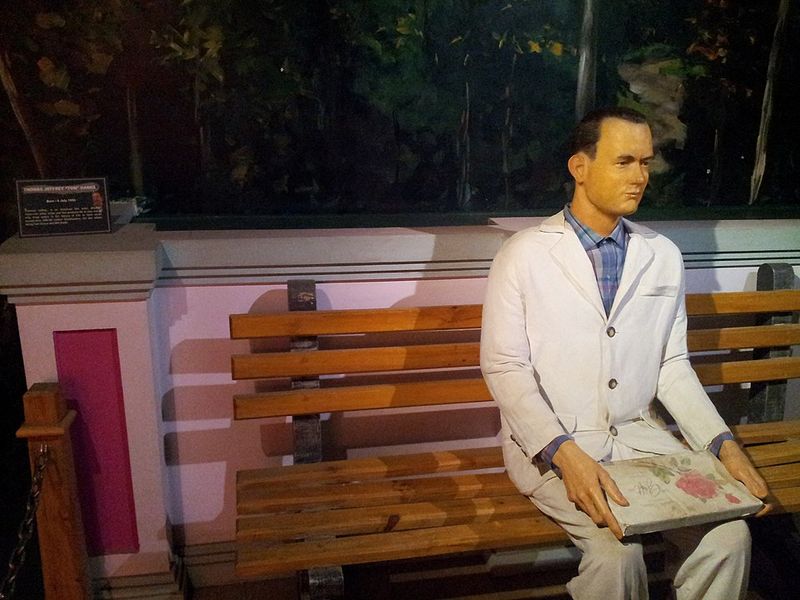
Life really is like a box of chocolates when you watch this heartwarming journey through American history. Tom Hanks brought an innocent soul to life, showing us that kindness and determination can take you anywhere.
Running across the country became symbolic of chasing dreams without overthinking. People still repeat Forrest’s famous lines decades later, proving how deeply his simple wisdom touched millions worldwide.
3. The Shawshank Redemption (1994)
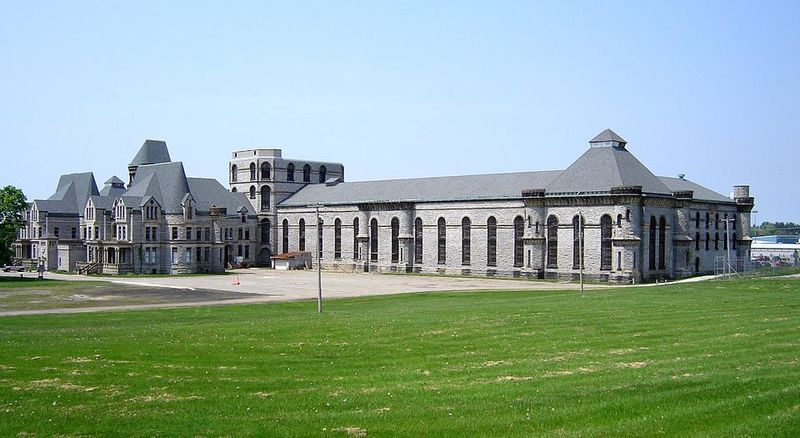
Hope can survive even behind prison walls, as Andy Dufresne proved throughout his wrongful incarceration. Friendship between two unlikely inmates became one of cinema’s most touching relationships ever portrayed.
Patience and planning eventually lead to freedom in ways nobody expected. Audiences discovered that redemption isn’t always loud or flashy; sometimes it happens quietly over decades of never giving up on yourself.
4. Titanic (1997)
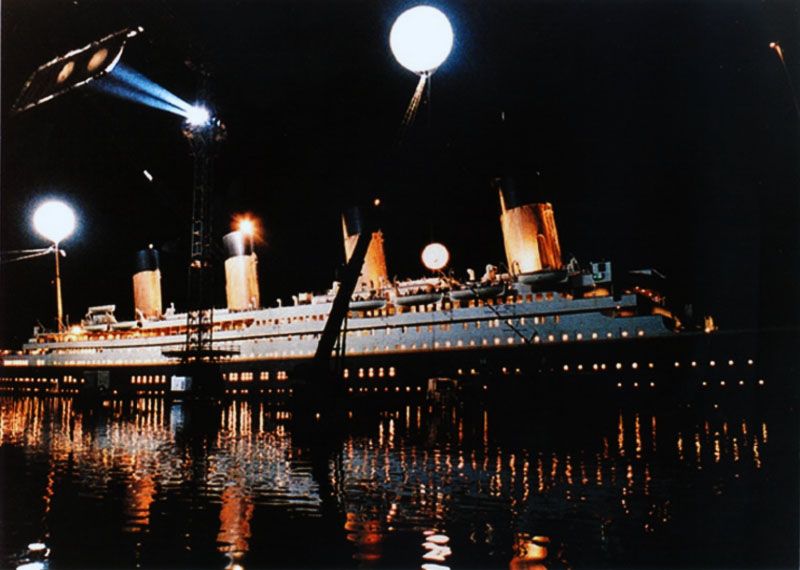
Jack and Rose taught an entire generation about tragic romance aboard the doomed ocean liner. Leonardo DiCaprio and Kate Winslet became global superstars overnight as their love story captivated billions.
Massive box office success proved audiences still craved epic storytelling with emotional depth. Everyone debated whether both could have fit on that floating door, making the film a cultural phenomenon that transcended typical moviegoing experiences.
5. Goodfellas (1990)
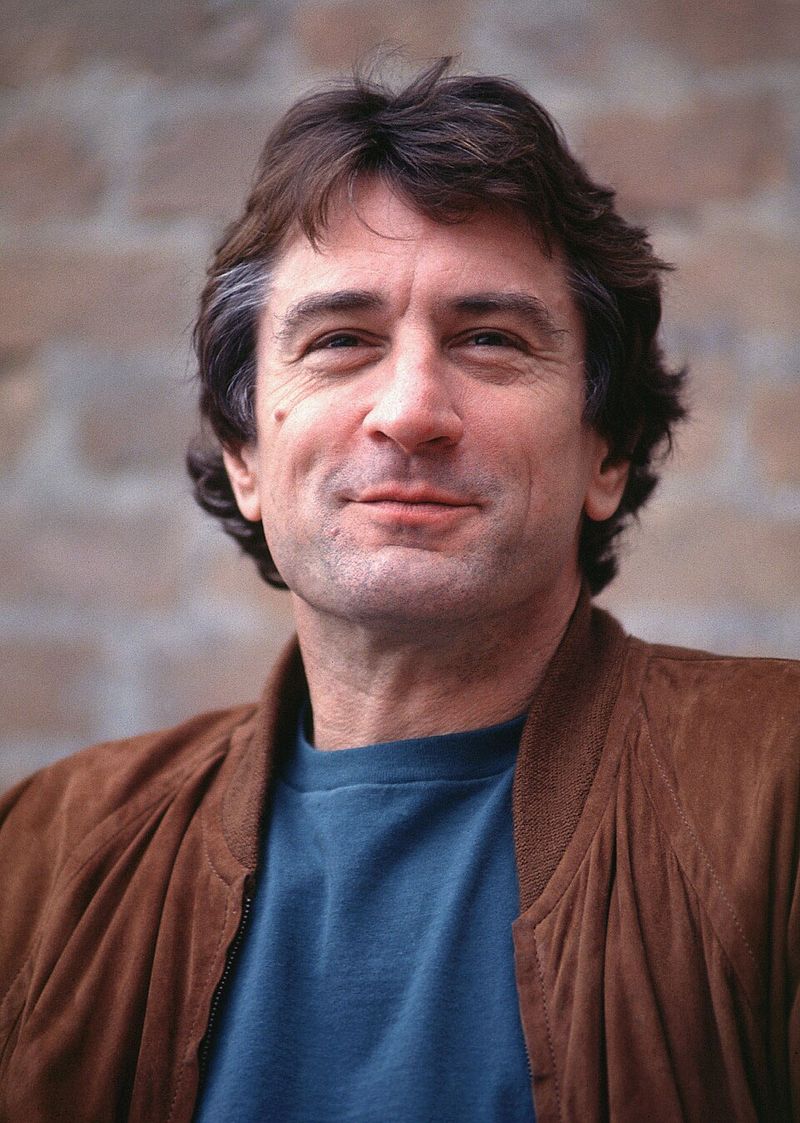
Martin Scorsese painted an intoxicating portrait of organized crime that felt dangerously real. Ray Liotta narrated his rise and fall through the mob world with hypnotic energy that kept viewers glued to screens.
Stylish camerawork and a killer soundtrack made criminal life look thrilling yet ultimately hollow. Audiences learned that glamorous appearances hide brutal realities, and loyalty among thieves rarely lasts when pressure mounts.
6. The Matrix (1999)
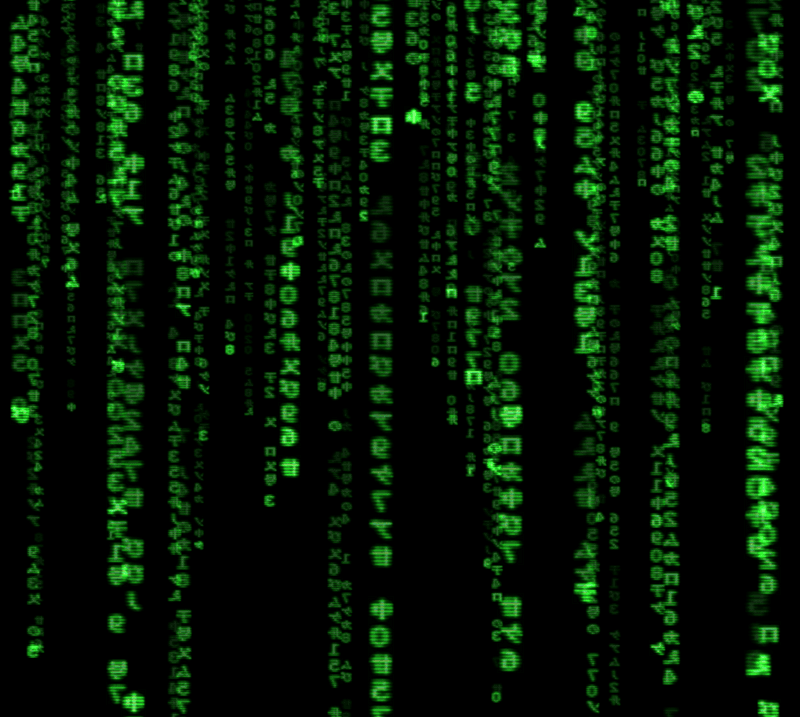
Reality got a serious upgrade when Neo discovered the world was actually a computer simulation. Bullet-time effects and philosophical questions about existence blew minds across theaters everywhere.
Suddenly, everyone wondered if we might be living inside a digital prison too. Black trench coats and tiny sunglasses became the coolest fashion statement, while kung fu mixed with technology created action sequences nobody had imagined possible.
7. Jurassic Park (1993)
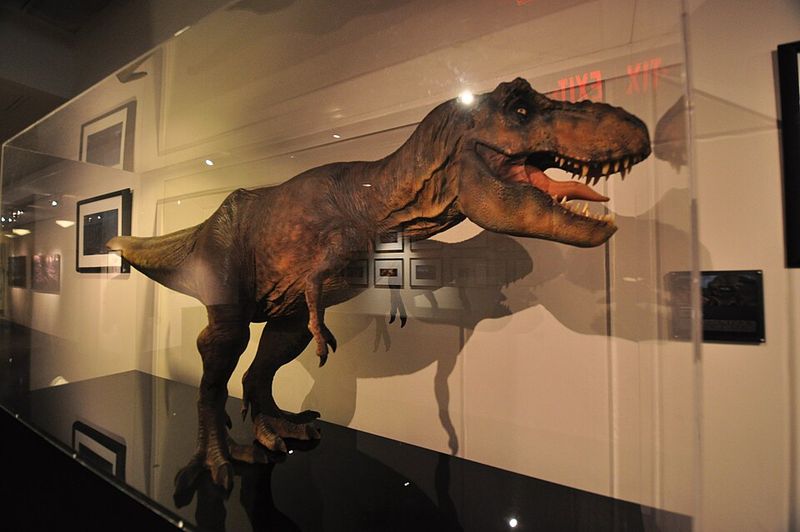
Steven Spielberg brought dinosaurs back to life with groundbreaking special effects that still hold up today. Kids and adults alike sat in awe watching velociraptors hunt and the T-Rex terrorize visitors.
Science suddenly seemed both exciting and terrifying when genetic engineering went horribly wrong. Theme parks would never feel quite as safe again, and paleontology became the coolest career path imaginable for countless inspired youngsters.
8. Fight Club (1999)
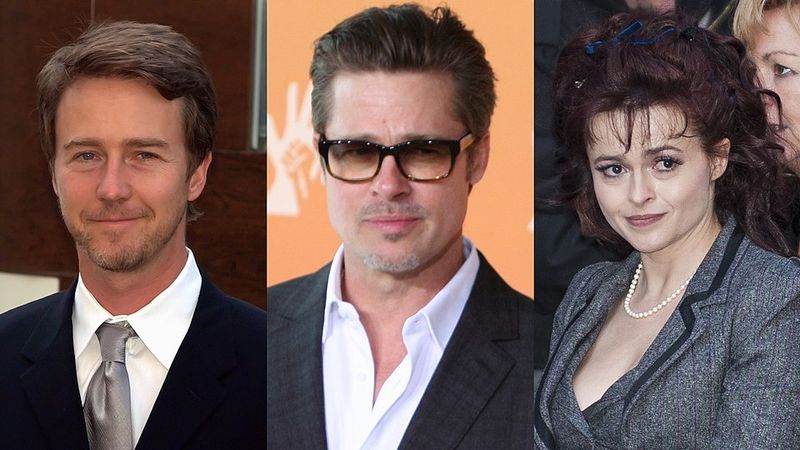
Breaking the first rule became impossible when everyone wanted to talk about this twisted psychological thriller. Brad Pitt’s Tyler Durden represented rebellion against corporate conformity and consumerist culture that trapped modern men.
Shocking twists and anarchic philosophy sparked endless debates about masculinity and identity. Soap-making and underground fighting clubs seemed like radical solutions to suburban numbness, challenging viewers to question everything about their comfortable existence.
9. Saving Private Ryan (1998)

War movies changed forever after the brutal opening beach landing shocked audiences into silence. Steven Spielberg honored World War 2 veterans by showing combat’s horrifying reality without sugar-coating the carnage.
Tom Hanks led a squad searching for one soldier amid chaos, raising questions about sacrifice and duty. Grandparents who survived the war finally felt Hollywood understood what they experienced, validating their stories through powerful cinema.
10. The Silence of the Lambs (1991)
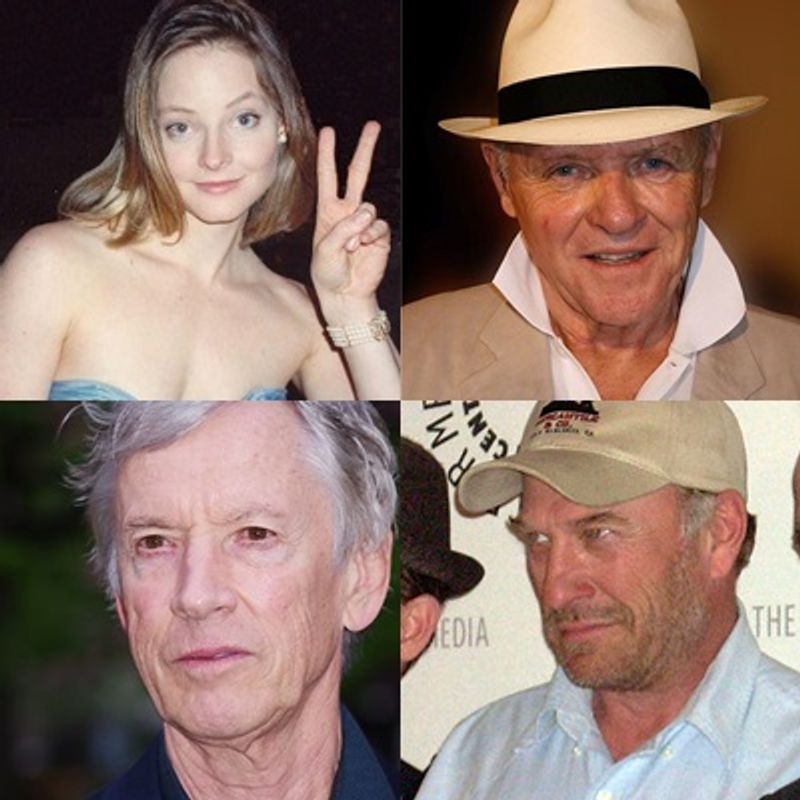
Hannibal Lecter redefined what movie villains could be with his chilling intelligence and unsettling charm. Anthony Hopkins earned an Oscar for only 16 minutes of screen time, proving quality beats quantity every single time.
Jodie Foster’s Clarice Starling became a strong female protagonist navigating a male-dominated FBI world. Psychological horror replaced cheap jump scares, making audiences think deeply about evil’s nature while checking their locks twice at night.
11. Braveheart (1995)

Mel Gibson’s William Wallace screamed for freedom and inspired audiences to fight for their own dreams too. Epic battle scenes and Scottish pride made history feel immediate and emotionally powerful rather than distant.
Blue face paint became instantly recognizable worldwide as a symbol of defiant courage. Historical accuracy took a backseat to storytelling magic, but nobody cared because the emotional truth resonated deeply with anyone facing overwhelming odds.
12. The Sixth Sense (1999)
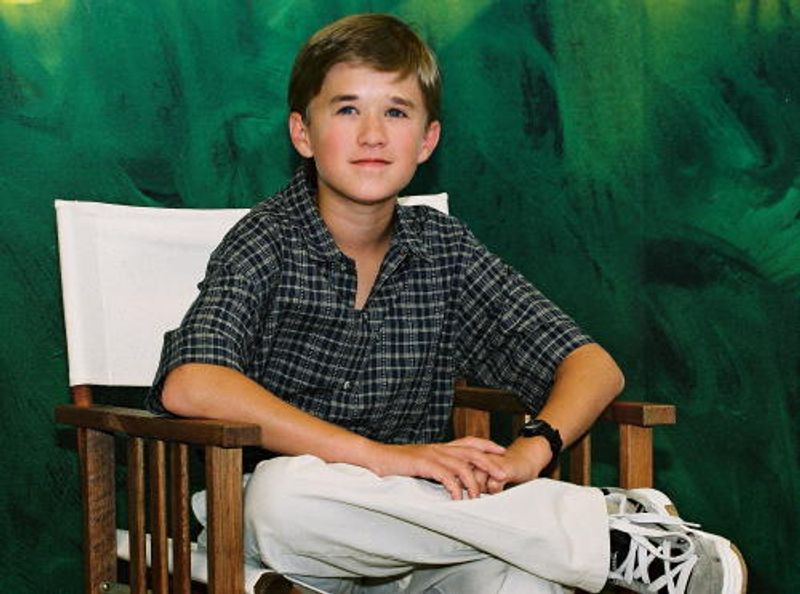
M. Night Shyamalan delivered a twist ending so shocking that people immediately wanted to watch it again. A young boy seeing dead people became one of cinema’s most haunting concepts and quotable lines.
Bruce Willis played a child psychologist trying to help, but nothing was quite what it seemed. Audiences left theaters buzzing with excitement, debating clues they missed and swearing friends to secrecy about the jaw-dropping revelation.
13. American Beauty (1999)
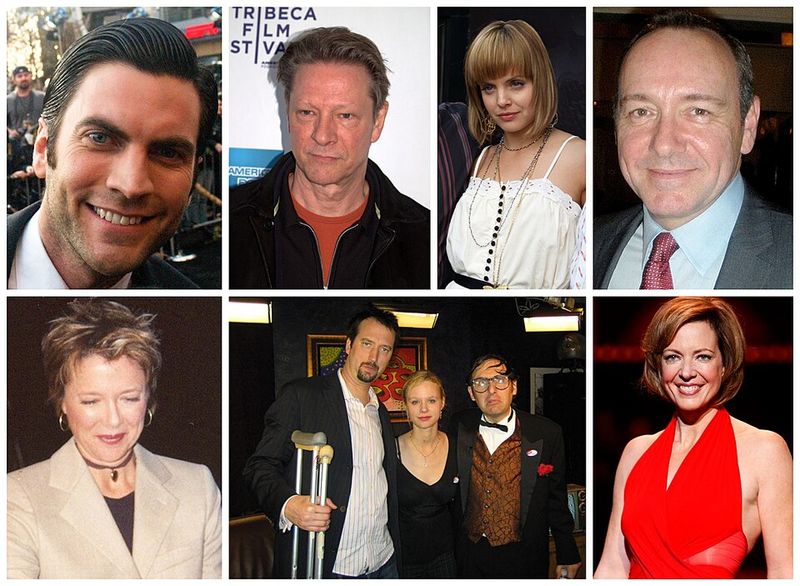
Suburban perfection cracked wide open as Kevin Spacey’s midlife crisis became darkly comedic and deeply unsettling. Plastic bags dancing in the wind somehow represented finding beauty in unexpected places around us.
Perfect lawns hid dysfunctional families struggling with identity, desire, and meaning in modern America. Critics praised how the film exposed the hollowness behind white picket fences, making viewers examine their own pursuit of conventional success.
14. Toy Story (1995)
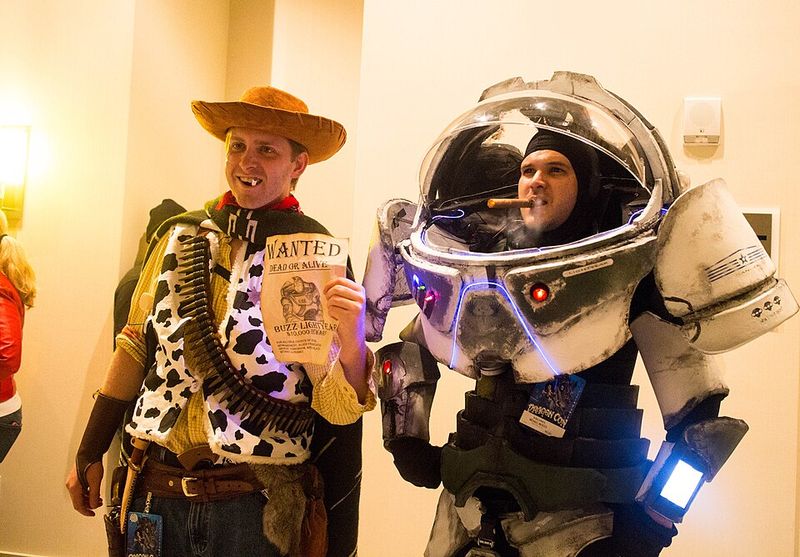
Pixar revolutionized animation by making the first fully computer-generated feature film that touched hearts everywhere. Woody and Buzz Lightyear proved toys have feelings too, sparking childhood imagination in magical new ways.
Kids suddenly treated their toys more carefully, worried about hurting their feelings or being replaced. Adults cried watching themes of friendship, jealousy, and growing up, discovering animated films could deliver sophisticated storytelling for all ages.


